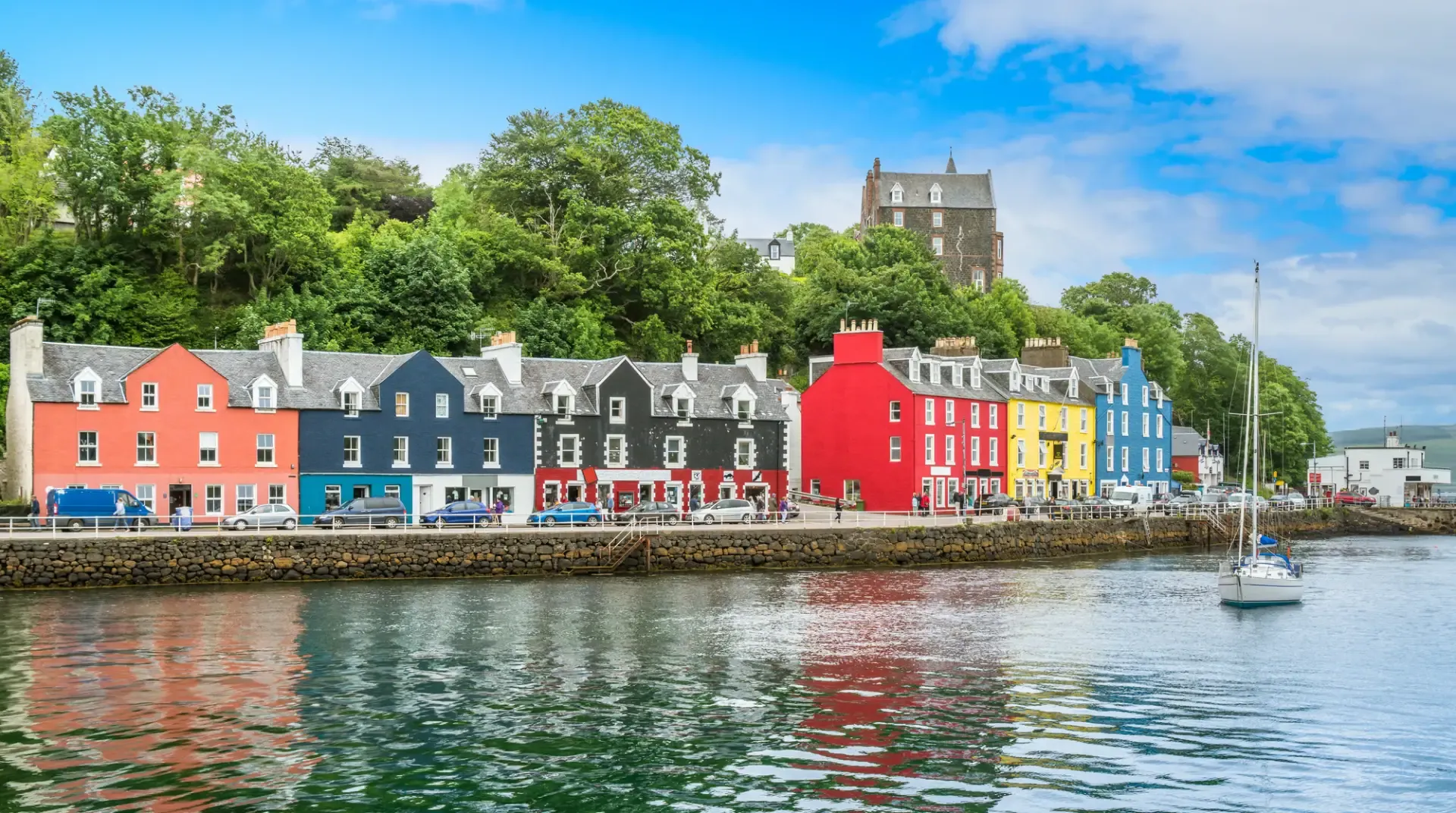Wonderful Things You Never Expected to See On a Scottish Islands Cruise
Before you embark on a cruise of Scotland’s remote and wild islands, your preconceptions might extend to treeless rocky outcrops, abandoned castles and tussocks of resilient vegetation grazed by only the hardiest of sheep. In fact, these ancient lands are full of unexpected surprises. From seaweed eating sheep and turquoise waters to Neolithic homes and ominous sea stacks, a Scottish islands cruise is an experience in the mysterious, unanticipated, and often extraordinary.
Sail with Swan Hellenic on an 11-day tour of the Islands of Scotland aboard our small, boutique expedition cruise ship. Experience the iconic sites and unexpected gems of Scotland, the Republic of Ireland and Northern Ireland.
Wild wildlife
From the reintroduction of the once extinct white-tailed eagle (sea eagle) to the minke whales, basking sharks and dolphins that dwell in the waters of the Hebrides, the wildlife of the Scottish Islands is diverse and often surprising. The long-abandoned island of St Kilda is home to the world’s largest breeding colonies of gannets, and a single pod of nine orcas are year-round residents in the west coast waters.
Beaches that look like the Bahamas
Thoughts of the Scottish coastline may conjure images of craggy rocks and steep cliffs. Whilst there are plenty of rocky sea cliffs, you’ll also find stunning white sandy beaches and turquoise blue waters scattered in the sheltered bays of Scotland’s islands. Picture-perfect beaches like Traigh Bhan beach on Iona and the Sands of Rothiesholm on Orkney could easily be mistaken for more tropical climes. That is until you step outside of course.
Seaweed eating sheep
Sea-wild and isolated to a 270-acre stretch of beach, the North Ronaldsay sheep are one of two land animals in the world that eat only seaweed. The other is the Galapagos marine iguana. These curious kelp-loving sheep can be found at the most northern end of the Orkney Islands. Co-habiting with the local seals, the sea sheep of North Ronaldsay have been dining on seaweed on this beach since the Iron Age. The sheep live by the tides, sleeping when the tide is high and eating when it’s low.
Sea stacks
The slow wearing of rock by water over millennia has given birth to these isolated, Tolkienesque tall stone towers all over the world. And some of the most impressive can be found along the shores of Scotland’s islands. The tallest sea stacks in Europe are just off the coast of St Kilda, and the foreboding North Gaulton Castle sea stack is can be found on the west coast of the Orkney mainland.
Neolithic civilisations
Long before the construction of the Egyptian pyramids, or the raising of Stonehenge, the village of Skara Brae on Orkney was a thriving community. Considered the best-preserved Neolithic settlement in Western Europe, the 5,000-year-old remains were uncovered by a storm in 1850. The site is so well preserved that the structure of the semi-subterranean houses and even some of the furniture can still be seen today.
